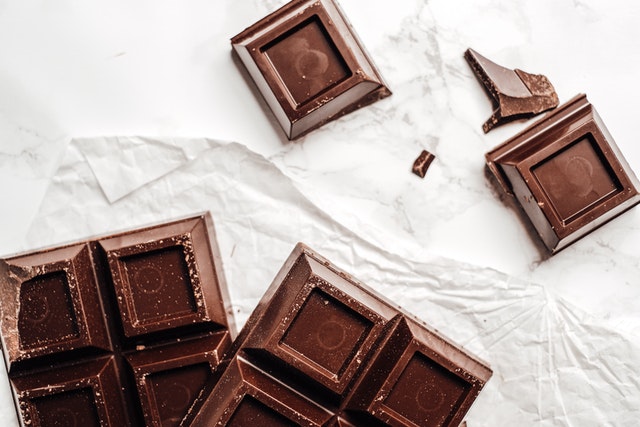SPRINGFIELD — Sensitivity to light, a splitting headache and for some, a visual aura.
Migraines account for 30 percent of the world’s headache disorders and are currently incurable, according to the World Health Organization.
Dr. Paul Durham, distinguished professor of biology at Missouri State University in Springfield, has experienced a migraine himself.
But his recent discovery could be the key to natural, sweet relief for some migraine patients.
A generational remedy
Durham grew up in a household that was all too familiar with migraines.
“My grandmother, mom, and sister all suffered from migraines,” he recalled. “They sometimes would get them as often as twice a week.”
Instead of reaching for over-the-counter painkillers, Durham’s grandmother would eat a couple of squares of Bakers unsweetened dark chocolate that was 100% chocolate without any added sugar or flavors. It was very bitter.
“After taking the chocolate and a having a good nap, often times, her migraine was gone,” Durham said. “It was truly remarkable, and that stuck with me.”
A deeper look
Later in life, Durham began his own research on the already established benefits of cocoa.
“A doctor friend of mine and I were visiting about the protective effect of consuming cacao on a daily basis and its ability to protect against cardiovascular disease by inhibiting inflammation,” he said.
“That led us to think about whether (consuming cacao daily) may be a way to quiet the trigeminal nerve system.”
The trigeminal nerve is responsible for providing sensations of temperature, touch and pain to the face. It is frequently implicated in the pathology and research of migraines.
Using 100% cocoa powder from local brand Askinosie Chocolate, Durham and his team came across a sweet surprise.
“Our data is the first evidence to support that cocoa-rich diets increase proteins that prevent neurons from firing and releasing inflammatory molecules that are thought to trigger migraines,” he said. “In fact, the main biologically active ingredient acts like a steroid drug and is one of the main active compounds also found in aloe vera.”
Understanding the difference
In both research and the real world, people tend to use the terms cacao, which is the raw, unprocessed version of cocoa, and chocolate interchangeably, and incorrectly.
Cacao is a raw seed from a tropical American evergreen tree, while chocolate is a blend of cacao and other ingredients, including sugar and even milk.
The National Headache Foundation does not recommend chocolate treats as a means of symptom relief for migraines.
“The problem is that Americans love sugar,” Durham said. “So, we consume chocolate that is not in its native form: cacao.”
In chocolate treats, such as Hershey’s, the cacao content is almost nonexistent due to the number of additives.
In fact, consuming chocolate treats can end up stimulating a headache due to the caffeine and tyramine present.
For migraine sufferers looking for relief, Durham advises not to reach for that Hershey’s chocolate bar but rather try consuming some good old-fashion dark chocolate that has 90% or more cacao.
“The more pure the chocolate you consume to the original form, the more likely you will experience the healthy benefit and hopefully get relief from your migraine.”






